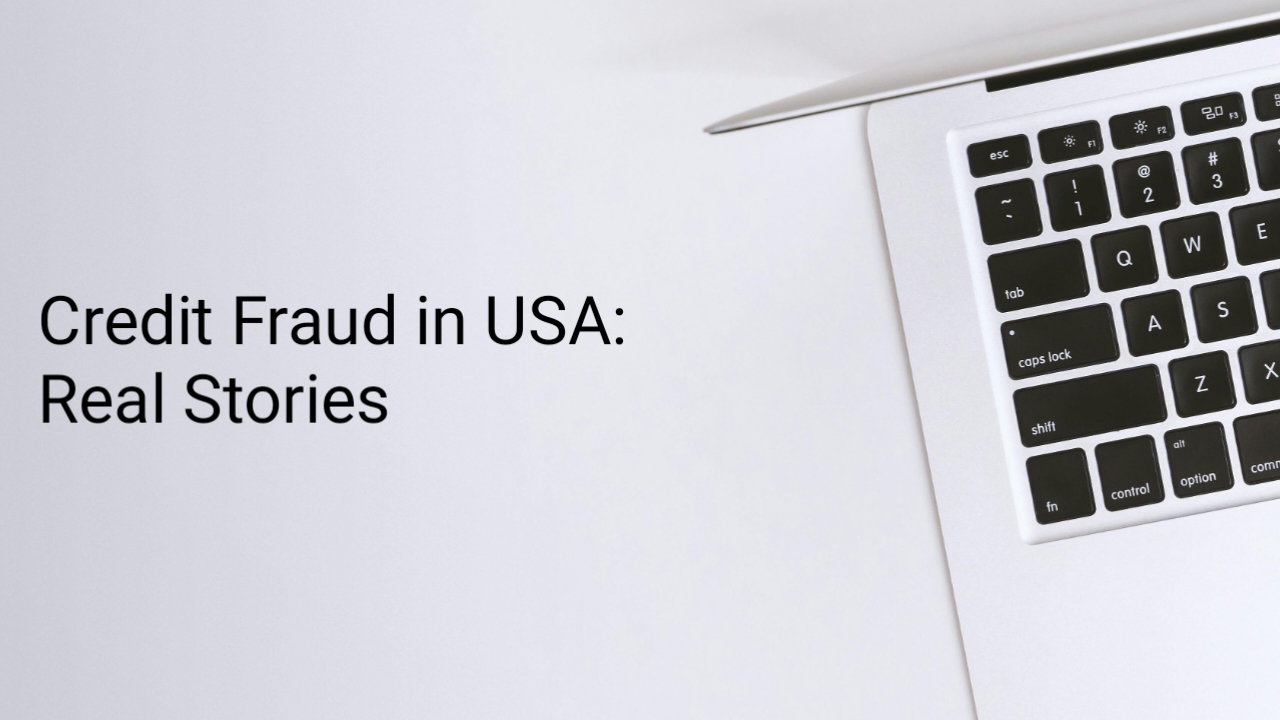Credit fraud is one of the fastest-growing financial threats in the USA. Every year, thousands of Americans fall victim to scams that drain their accounts, damage their credit scores, and create long-term financial headaches. From stolen credit card information to fraudulent loan applications, credit fraud can affect anyone.
This article shares real-life stories of credit fraud victims and provides practical strategies to protect yourself from falling into similar traps. By learning from these examples, you can stay vigilant and safeguard your finances.
Real-Life Credit Fraud Stories
1. Stolen Identity and Unauthorized Loans
Emma, a small business owner from Texas, discovered that someone had opened a personal loan in her name. She didn’t notice until a debt collector called. The culprit had stolen her personal details from a phishing email. Emma’s credit score dropped significantly, and it took months to resolve the issue with lenders and credit bureaus.
2. Compromised Credit Cards
James, a college student in New York, received a notification that multiple purchases were made on his credit card overseas. He had shared his card information online during a sale and unknowingly became a victim of online fraud. Although his bank reversed the charges, James had to monitor his credit reports closely for months.
3. Synthetic Identity Theft
Maria, a retiree in California, was shocked when she found a new credit card issued in her name, but with a different Social Security number. This is called synthetic identity theft, where fraudsters combine real and fake personal information to create a new identity. Maria had to contact multiple credit bureaus to clear her name.
How Credit Fraud Happens
Understanding the tactics fraudsters use is the first step to protecting yourself:
-
Phishing Emails & Messages: Fraudsters trick you into revealing personal information.
-
Data Breaches: Hackers steal sensitive data from companies or online accounts.
-
Card Skimming: Devices placed on ATMs or POS machines capture card information.
-
Fake Loan or Job Offers: Scammers request personal details under false pretenses.
-
Synthetic Identity Theft: Criminals combine real and fake information to commit fraud.
Steps to Protect Yourself from Credit Fraud
-
Monitor Your Credit Reports Regularly
Check your reports with Experian, Equifax, and TransUnion at least once every four months. Early detection of suspicious activity can prevent larger problems. -
Set Up Fraud Alerts
Placing a fraud alert on your credit report notifies lenders to take extra precautions before issuing credit in your name. -
Use Strong, Unique Passwords
Secure online accounts with complex passwords and enable two-factor authentication wherever possible. -
Be Cautious Online
Avoid sharing sensitive information on unsecured websites or emails. Verify requests before responding. -
Secure Physical Documents
Keep Social Security cards, tax documents, and credit statements in a safe place. Shred documents you no longer need. -
Use Credit Monitoring Services
These services alert you immediately to any suspicious activity, helping prevent further damage.
Why Early Action Matters
Credit fraud can cause long-term financial damage if left unchecked. Taking immediate action when you notice suspicious activity—such as freezing accounts, reporting to credit bureaus, and contacting creditors—can save thousands of dollars and protect your credit score.
Conclusion
Credit fraud in the USA is a serious threat, but with awareness and proactive measures, you can protect yourself. By monitoring your credit, securing personal information, and responding quickly to suspicious activity, you reduce the risk of financial loss. Remember, staying vigilant is the best defense against fraudsters.
Disclaimer
This article is for educational purposes only and does not constitute financial, legal, or professional advice. Individual circumstances may vary. Always consult a licensed financial advisor, credit counselor, or relevant professional for guidance regarding your personal finances or credit protection.

